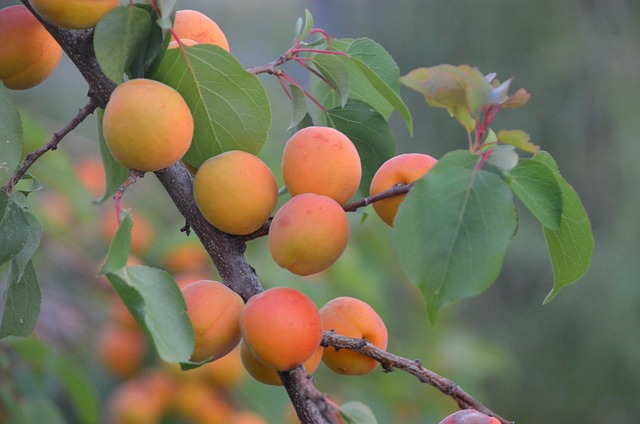As we stand at the precipice of an escalating climate crisis, the severe issue of desertification looms over vast stretches of our planet. Once fertile lands now transformed into barren deserts are a poignant reminder of the delicate balance we must maintain in our ecosystems. In this context, agroforestry emerges as a beacon of hope – a sustainable practice interweaving agriculture and forestry to restore health to our ecosystems and combat the dire effects of climate change.
Agroforestry, the integration of trees, crops, and livestock into a cohesive system, offers numerous environmental benefits. It enhances biodiversity, improves soil health, and increases resilience in agricultural systems. By cultivating a variety of plants, farmers can create a self-sustaining environment that mitigates the risk of crop failure while also sequestering carbon, a vital action in the fight against climate change. As carbon dioxide levels rise, the critical need for carbon capture through tree growth cannot be overstated.
Moreover, the role of agroforestry in combating desertification is profound. Healthy tree cover stabilizes soil and prevents erosion, retaining moisture in arid regions that suffer from the devastating effects of drought. This practice not only revitalizes the land but also restores the microclimate that helps sustain agriculture. Farmers who embrace agroforestry witness firsthand the rejuvenation of their land, transforming formerly parched soil into thriving ecosystems that support diverse flora and fauna.
The climate crisis has made it imperative to rethink our approach to land use and agricultural practices. Agroforestry provides a model that is both ecologically sound and economically viable. With sustainable practices, farmers can diversify their incomes while contributing to a larger global solution. Those who invest in agroforestry not only fight against desertification but also become stewards of the land, ensuring its health for future generations.
Furthermore, agroforestry promotes social resilience. Communities that adopt these practices work together to create sustainable livelihoods that are less vulnerable to the impacts of climate change. By sharing knowledge and resources, they foster a spirit of cooperation that is essential in the face of environmental challenges. The collective strength of these communities becomes a formidable force against the advancing deserts and climate uncertainty.
Supporting agroforestry is essential for policy-makers, environmentalists, and individuals alike. Actions at a grassroots level can lead to significant changes in land management practices. By seeking education about agroforestry systems and advocating for policies that support them, citizens can play a crucial role in combating the effects of desertification and climate change.
In a world where the consequences of our actions are becoming increasingly apparent, embracing agroforestry is not merely an option; it is a necessity. As we strive for a sustainable future, let us cultivate hope, resilience, and regeneration through the beauty of interconnected ecosystems. Together, we can combat desertification and ensure that our planet remains vibrant for generations to come.


